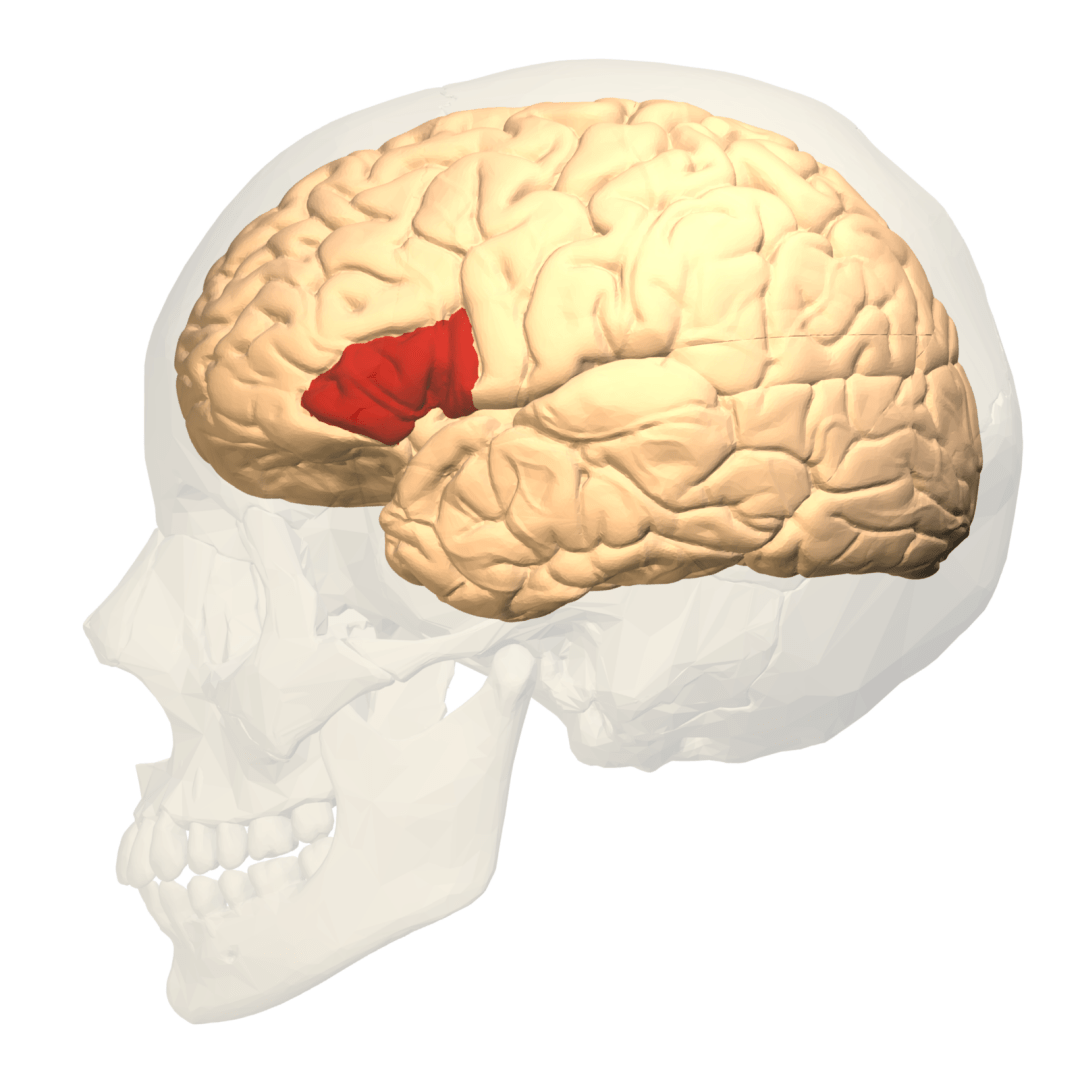Understanding the Struggle of Dyslexia

The first sign for Heidi Olson that the tutoring offered by the Children’s Dyslexia Center of Upper Wisconsin paid off came in the form of a simple sentence etched on a Styrofoam plate: “I went fishing.” The idea that her son was enjoying some quiet recreation while the family slumbered wasn’t unusual for her sixth-grade son. But what was unusual was that the words were spelled correctly.
Dyslexia, a language-based, biologic, neurological disability, is diagnosed in some capacity in one out of five school-aged children, according to Tammy Tillotson, director of the Children’s Dyslexia Center housed in the Eau Claire Masonic Center, 616 Graham Ave. It is a disability that can affect a student’s spelling, reading comprehension, and writing abilities. “Parents and teachers see that something is wrong, but they can’t quite pinpoint what the issue is,” Tillotson explained before the simulation began.
The activities, although seemingly simple, became challenging, frustrating, and exhausting as the night progressed.
A recent Dyslexia Simulation at the center provided family members, parents, teachers, and people who were interested in learning more about the disability an opportunity to understand and experience what it feels like to be dyslexic. This exercise in empathy put the participants in a child’s situation as they switched from reading comprehension skills to writing skills to auditory skills.
The activities, although seemingly simple, became challenging, frustrating, and exhausting for many of the participants as the night progressed. Even though the event only lasted two hours, the emotional connection to what a child with dyslexia must go through on a daily basis was overwhelming for most. The simple act of reading a sentence took minutes when it should have taken seconds, which became aggravating to most participants. The art of listening and following simple directions forced many participants to physically change their seat locations and body language. Many participants moved seats to avoid distractions that seemed to be everywhere during the simulation, while others shifted low and closer to the audio source to help with concentration – things that not many students in a classroom of 25-35 have the luxury of doing. In a few instances, participants put their pencils down in acts of defiance.
As the simulation continued, the jingling of bracelets, necklaces, and keys as the “teachers” spoke, interruptions in the middle of the exercise to provide the “students” with timely feedback, and the clicking of high heels proved to push the “students” over the edge to the point of talking back and lashing out at the instructors. The students quickly apologized, but the experience proved that some of the things that educators are taught to practice day in and day out might not be the best approach in a classroom if students with disabilities are present. It also highlights why some struggling students might feel overwhelmed to the point of demonstrating sub-par classroom behavior. The feeling of wanting to avoid the task also became mentally and physically exhausting and a sense of anxiety swelled for participants.
If this is what adults experienced during the simulation, then what does a student who is unable to advocate for himself feel during an eight-hour school day? As a former teacher, I wish I’d had this experience in empathy and introduction a long time ago.
For more information about the Dyslexia Simulation, the Children’s Dyslexia Center of Upper Wisconsin, or for opportunities to volunteer, tutor, or donate, go to wicdc.org.


















